“Darkness x and x Light”
Not even “Chimera Ant” can be relentlessly dark and morose for its entire length – that’s not the kind of series Hunter X Hunter is. It’s not a monotone, in some measure because of the brighter emotional spectrum that surrounds Gon. #87 an episode where after the most personal darkness of the entire series up to this point – the death of Kaito – elements of the light began to return. But in hindsight (and not only hindsight) that light was something of a mirage.
A major part of this tonal change is also the arrival of Knuckle Bine (and Shoot McMahon, though Knuckle makes the far stronger initial impression). He’s one of those characters that makes you feel better just by being around – a brash but obviously soft-hearted innocent whose seemingly naive views on the Chimera Ants will turn out to be more prescient than one would have suspected. He’s also something of a soulmate of Gon – though he’s an Emitter, he shares of a lot of personality with Gon (sorry, Hisoka).
Knuckle’s initial role in the story, as is Shoot’s, is to be both obstacle and test for Gon and Killua. And they give us one hell of a fight here, loaded with sakuga animation of the type we’ve come to expect from Madhouse in this adaptation. This is a fundamentally different sort of fight from the conflicts involving the ants, especially Pitou – it recalls earlier arc in that because we know no one is going to get killed, we’re free to enjoy the action in all its glory. This is serious business – especially for Gon – but by “Chimera Ant” standards this is a positive throwback episode, full of the sort of martial spirit than characterizes Hunter X Hunter in its more overtly shounen moments.
“Birth x and x Death”
In contrast, Episode 91 is an episode that wallows in existential despair from start to finish. If there was ever an ep that exemplifies the essence of the “Chimera Ant” arc, this might be it.
Without a doubt, this episode is both milestone and memorable. For starters we have the long-awaited birth of the King, and by immediately killing two captains (including Peggy) for non-offenses he makes it clear that the new sheriff in town is changing the rules. This is effectively the beginning of the dissolution of Chimera Ant society – their life cycle is fundamentally inconsistent with the social elements they’ve acquired from their human prey. It’s this which triggers one of the true game-changing moments in the story, when Colt raises the white flag and seeks out the help of his human enemies to save the Queen.
Meanwhile, we have another huge watershed moment happening with Gon and Killua. Having lost their battle with Knuckle and Shoot (offscreen, in a classic Togashi misdirection) they’ve been sidelined from the fight. And this is truly the first time we see Gon – that beacon of optimism and determination – fully give himself over to despair. The sight of that Gon openly sobbing – and what it does to Killua – is one of the most emotionally unsettling moments in Hunter X Hunter. It’s yet another reminder that “Chimera Ant” is quite unlike any arc that’s come before.
One more thing must be mentioned, and it’s that once again Gon is very lucky in his opponent. Perhaps this is not coincidental given Netero’s involvement, but Knuckle was exactly the foe Gon needed at this moment – strong enough to show him how how much he still needed to grow, but compassionate enough not to destroy him either physically or emotionally in the process. As did Hisoka earlier – though obviously differently motivated – Knuckle teaches Gon much that’s invaluable in the process of defeating him.
“Date x and x Needle”
This is a marvelous pair of episodes in so many ways, but the main reason I chose it for this series is simple – contrast. We all know that Hunter X Hunter is capable of astonishing contrasts in tone, but rarely will you see them juxtaposed against each other so starkly. And it also plays up the wide gulf that exists between Gon and Killua in terms of why they are where they are – in hindsight, a crucial elements of many dramas to come.
This is really two stories playing out simultaneously, overlapping but distinct. The first is Gon’s date with Palm, which is one of the most hilarious and iconclastic moments in the series. Here we have a young boy going out on a date with an adult woman who’s both in love with him and a complete head case (this on the heels of Gon having told Killua of the “maniakku” who like younger males, who “taught him things” back on Whale Island). And yet, somehow H x H is able to make this both innocently funny and even genuinely moving. Rarely has the weird singularity of Gon’s nature been so obvious as when he compartmentalizes to the point where he can go on a date with Palm in complete sincerity, while never dispute for a moment that he’s doing it for practical reasons.
Tailing them on this date is Killua (wearing a Mongolian shepherd’s hat for some reason), ostensibly to keep a watch out for Chimera in the area but for other obvious reasons as well. But as is so often the case, Killua’s track is much darker than Gon’s. He eventually has to leave the surveillance to do battle with Rammot, who’s perhaps the flat-out angriest of all the Chimera and the first to acquire Nen. It’s a brutal, vicious fight the suits Rammot’s character. Killua is walking the dark path as always to Gon can walk the light – but we now know that in the end, this separation will prove impossible to maintain forever.
Also of note here is that Episode 94 represents a rare moment where I took significant issue with a Togashi development – the revelation that Killua’s internal conflict (his urge to flee when facing those stronger than him) came from a needle Illumi had planted in his head. I get why Togashi chose this path, and it becomes even more obvious as the close of “Chimera Ant” and “Election” play out. But for me, this is still a misstep – I think Killua’s journey is that much more interesting if the struggles between him are purely psychological, and heaven knows he’s got enough reason to have them.


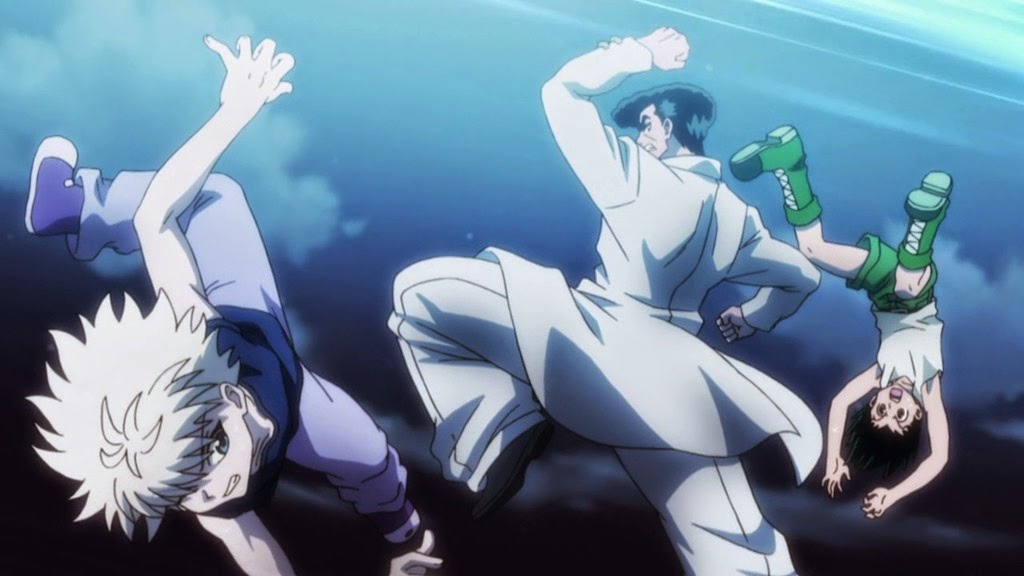
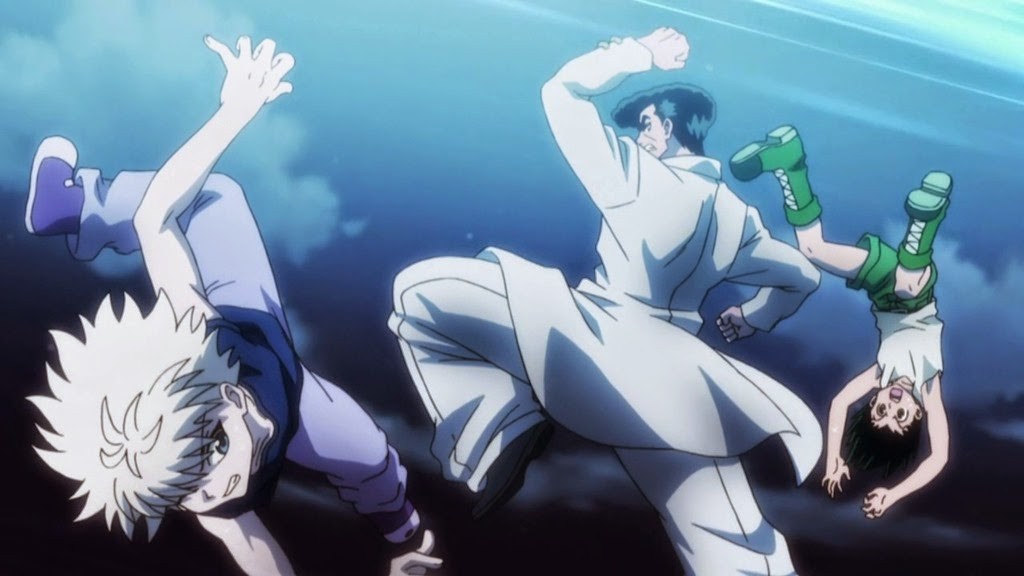
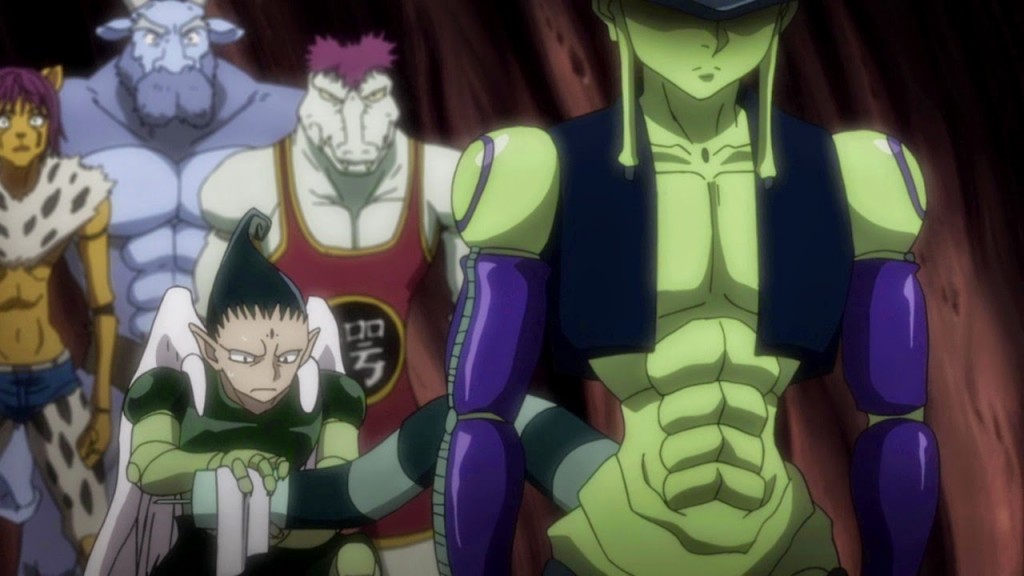
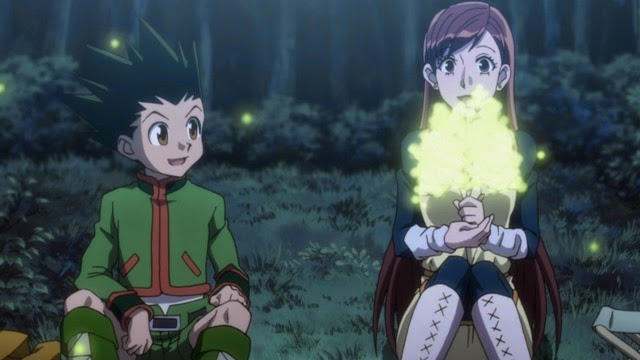
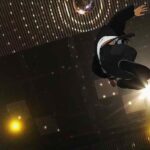

terminallyFacetious
September 21, 2014 at 11:27 pmI agree that the needle seemed to be Togashi taking the easy way out because he needed to rush character development (even though it looks like it was foreshadowed all the way in the Exam Arc), and that it weakened the impact of the scene a bit, at first. But on rewatching, I think that Killua's struggles are actually very psychological. The needle is kind of like a physical representation of that wall in Killua's head that Illumi "planted" in a needle, but also through a lot of psychological torture stuff, presumably. And when Killua pulls it out of his head, it's a visual representation of overcoming that wall. That's what I think, at least.